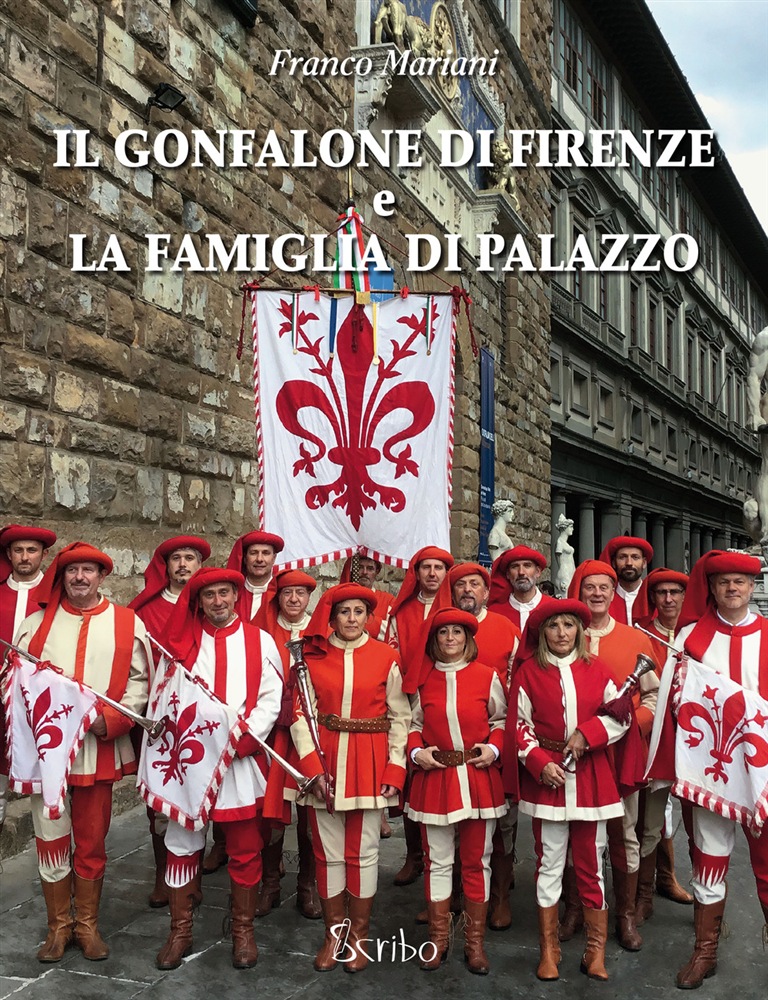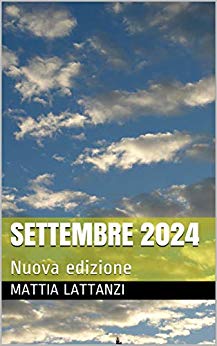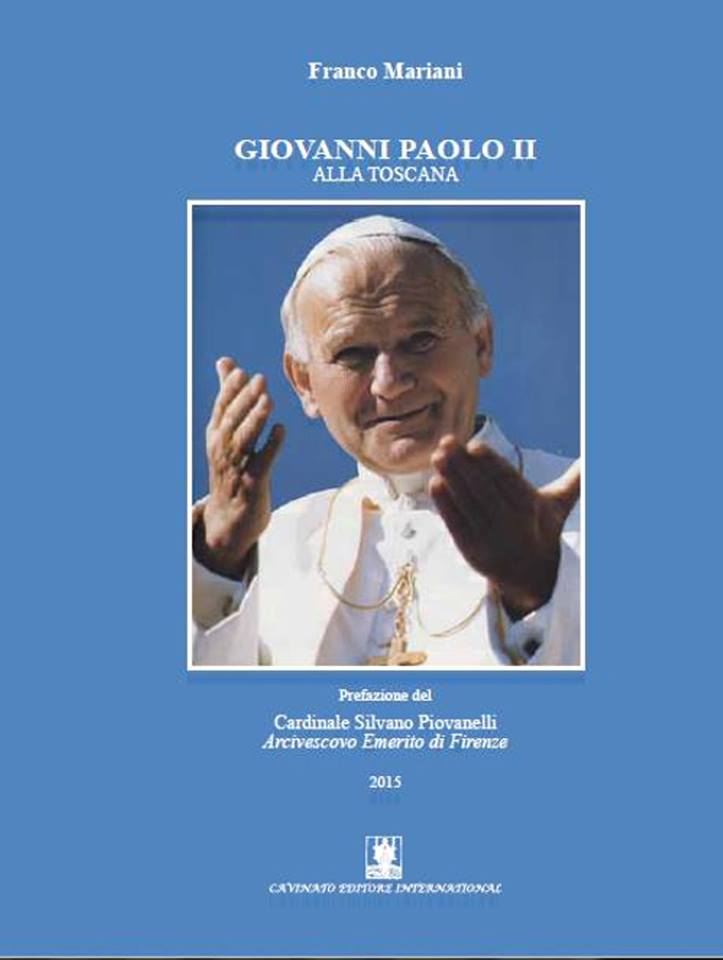Our Lady of Grace, "Bridge the Lungarno"
 The 21 May the Oratory of Santa Maria delle Grazie, on the Lungarno Diaz 6, recalled the 140th anniversary of the translation of the fresco of the Madonna delle Grazie, the chapel was originally placed on deck Rubaconte, Today Ponte alle Grazie, up to the present oratory, built inside one of the buildings of the Alberti family.
The 21 May the Oratory of Santa Maria delle Grazie, on the Lungarno Diaz 6, recalled the 140th anniversary of the translation of the fresco of the Madonna delle Grazie, the chapel was originally placed on deck Rubaconte, Today Ponte alle Grazie, up to the present oratory, built inside one of the buildings of the Alberti family.
The Alberti generously offered this space so that the image of Mary so loved and venerated by the Florentines at the time could continue to be loved and venerated by the Florentines ever, from generation to generation, in addition to protecting the city from the terrible floods.
It is here that the 1994, by the will of the Association Promotes Florence, that each 4 November is celebrated a Mass for 17 Victims of the city and the 18 Province, due to the flooding that hit the city on the morning of 4 November 1966.
In 20 years of annual celebrations, in this chapel came to celebrate the Cardinals Sandpipers and Betori, the latter in the former Angel of Mud 1966, Bishop Emeritus of Prato, Mons. Peter Fiordelli, every morning from Prato sent a suitcase full of every "good things" to the then Cardinal, Bloom, to be distributed to the population, and many pastors of parishes affected by flooding.
The bridge Rubaconte, built in 1237, is also called "sacred bridge" because on the two towers were built small chapels dedicated to the Virgin Mary and some saints together with small hermitages inhabited by women who lived in seclusion and devoted themselves to prayer.
The first stack the deck, on the other side of the Arno, tabernacle was a place that held a fresco by Giotto school depicting the Madonna and Child (1310); in 1371 the tabernacle was then transformed into an oratory by James of the Northern League in the Alberti family, soon became the destination of Florentine passing by stopped in prayer.
The chronicles tell us that the devotion of the people was so great for favors received, that over time the chapel was renamed from "Santa Maria" in "Santa Maria delle Grazie", and also the bridge was called, as it is said today, Ponte alle Grazie.
The celebrations followed each other from early morning until late at night vigils demanding, especially on solemnities and feasts of Mary.
Such was the influx of the faithful in 1828 Rector of the Oratory wrote to Pope Leo XII to ask to be able to celebrate the Eucharist after hours then allowed to meet all the demands of the population.
However, when the 1865 Florence was the capital of the Kingdom of Italy, the widening of the bridge was designed to make you pass on the tram.
This involved the demolition of the buildings on the bridge, including the oratory.
Now rose the cries of the faithful, and it was not easy to find a solution.
Among the proposals: withdraw the oratory or rebuild it in square or the square of Mentone Hub, However, proposals that were rejected by the city because they were too economically burdensome.
At the end, after lengthy negotiations, Count Mario Alberti, with his sons Arthur and William, decided to gut part of its building located on Lungarno Diaz a few meters from the bridge and to build in the new chapel where the painting is now guarded by 140 years, from 22 may 1874, year in which the oratory was blessed by Bishop. Joachim Liberti, Archbishop of Florence.
Since last May,, A plaque commemorates the 140th anniversary of the translation.
This tombstone, on the facade, was blessed during the solemn celebration presided over by Cardinal Silvano Sandpipers.
This year the Mass 4 November, how to tell another newspaper article, will be celebrated at 11 and will be presided over by Bishop. Giancarlo Corti, Vicar Bishop for Charity and Proposed Cathedral.
Michael Lattanzi
By the number 37 – The Year of 29/10/2014







Follow Us!